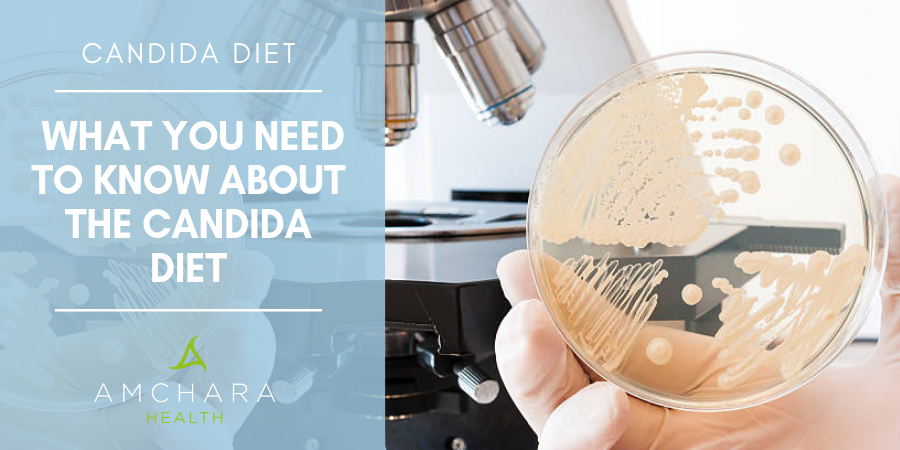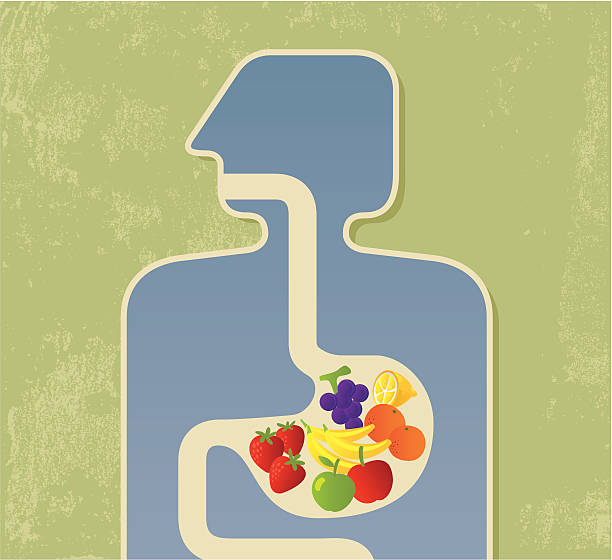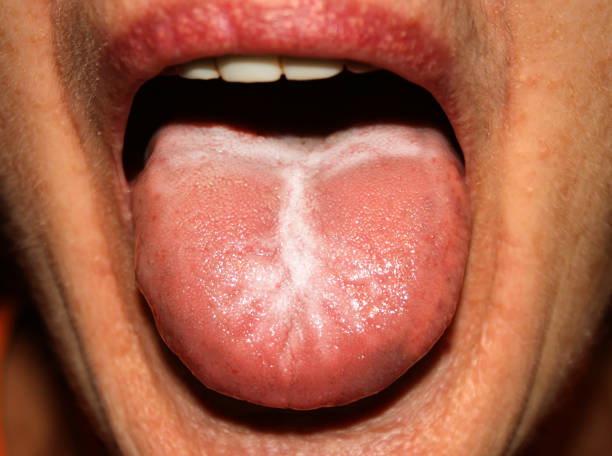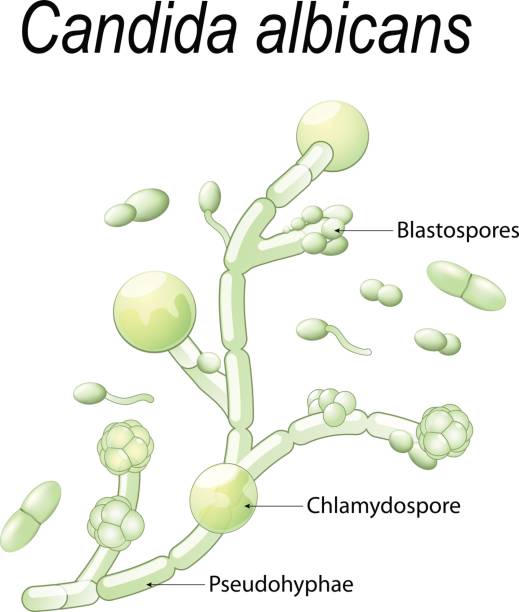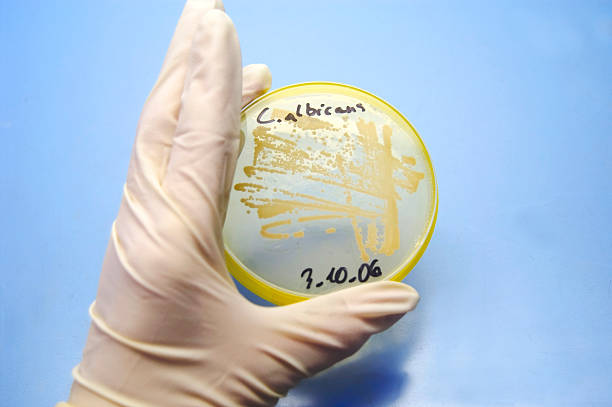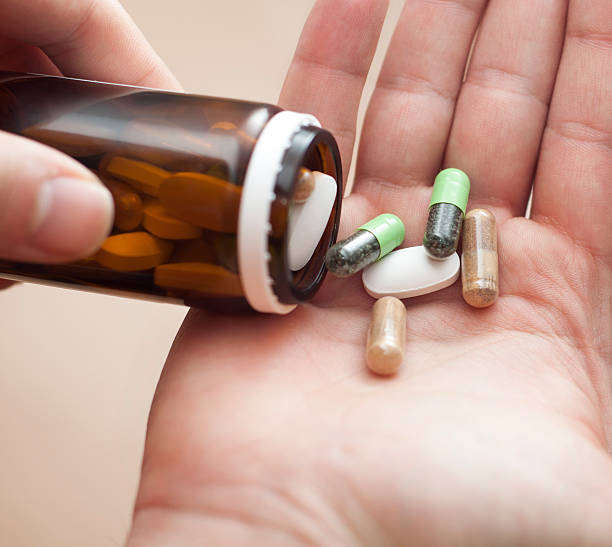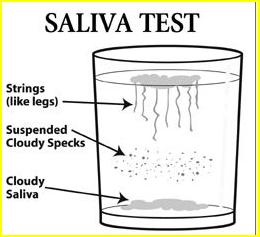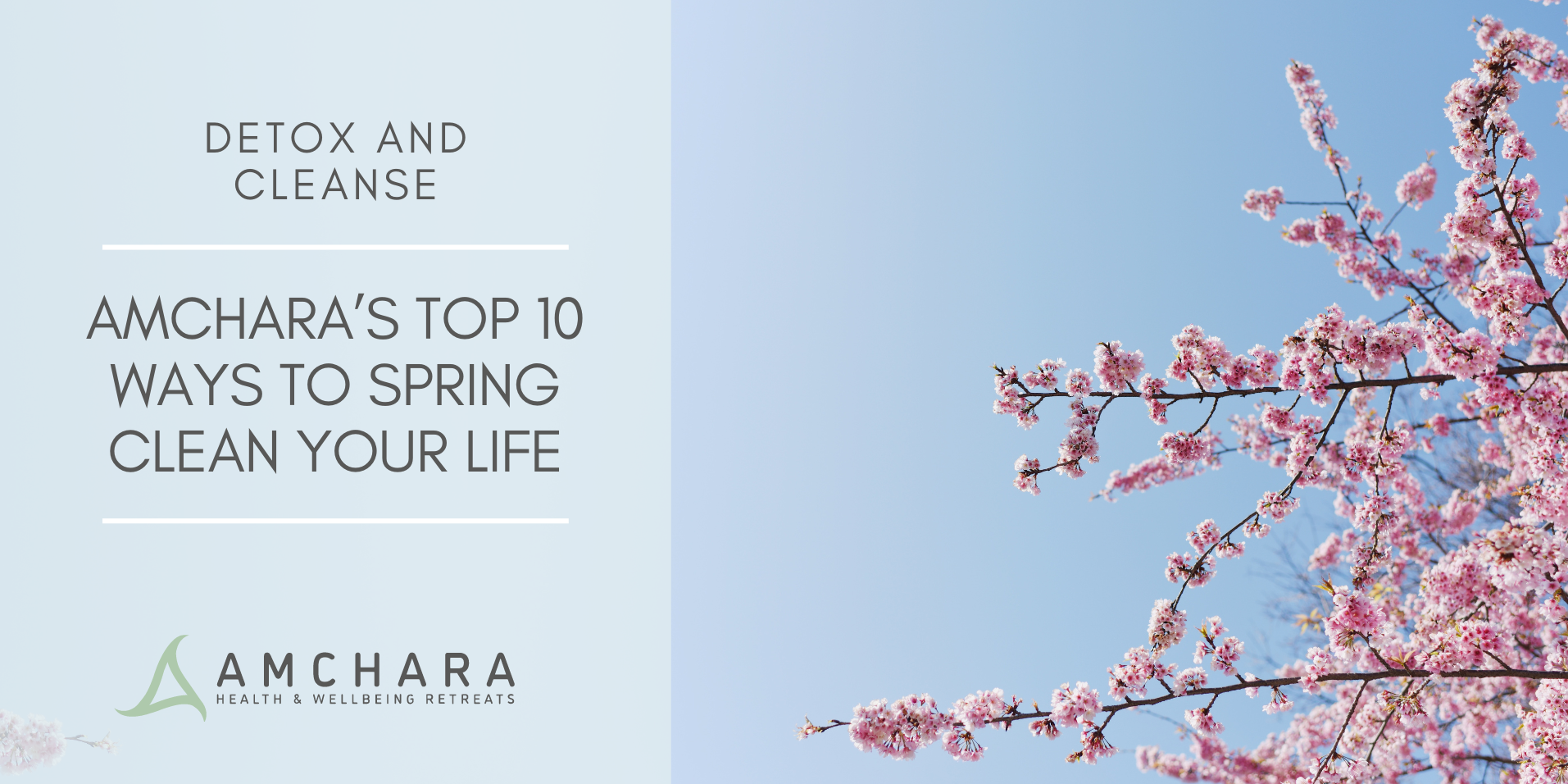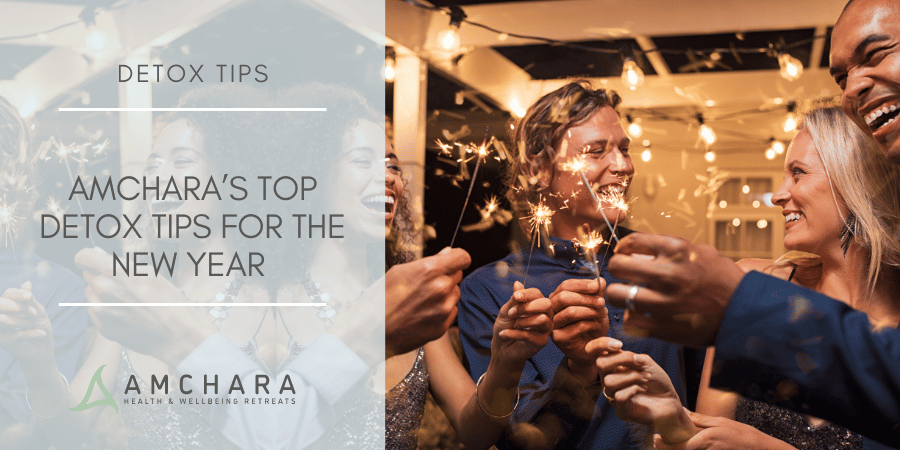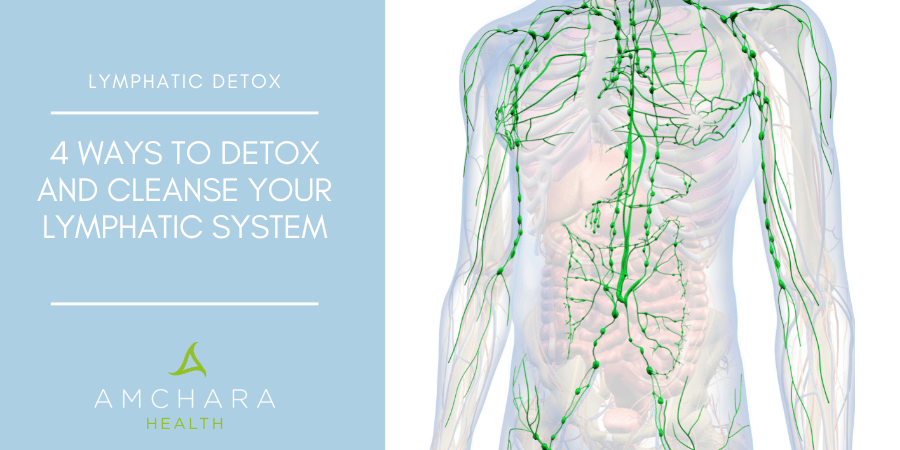What is the candida diet?
The Candida diet is a low-sugar, anti-inflammatory diet that promotes good gut health and eliminates the sugars that feed a Candida overgrowth.
The diet includes non-starchy vegetables, some low sugar fruits, non-glutinous grains, fermented foods, and healthy proteins.
Here are the main principles of the Candida diet:
What is candida?
Everybody has candida, it is the “undertaker” of the body, when we die the candida actually gets to work helping the body decompose.
Candida is very stubborn, spores of candida have been found in Egyptian tombs 5,000 years after they have been reopened.
In my opinion the best way to beat candida overgrowth is to do so with diet and also natural supplementation when required.
Below is my recommended dietary advice and pointers but I would always advise you consult a nutritionist or naturopath for a tailored diet.
First thing in the morning swallow a clove of partly crushed garlic with water, garlic is natures antibiotic, studies show that it kills the bad and protects the good.
Candida does not like garlic.
The smell you get from garlic is an enzyme called allinaise. Amongst other things it works its way into the blood and helps to clean it. If you’re worried about the garlic smell, which is expelled via the breath or skin, then munching on the herb parsley can help to neutralise it.
-
Oregano is revered as a herb to help candida, it has strong anti-fungal properties and eating the leaves fresh when you can is wonderful, you can’t have too much if it. Remember to make sure it’s organic if possible.
Always wash your vegetables and herbs before consuming them. You may also take a few drops of oregano oil as a supplement in water, but be careful with this as it is very potent and again I would consult a naturopath or nutritionist before doing so.
-
Candida thrives on refined sugar, wheat and yeast so you want to get good nutrition into your body by avoiding these things. Candida sends signals to the brain that crave sugar, it will fight to be fed and it won’t give up easily.
For your breakfast juice any of the following ingredients: cucumber, celery, broccoli, peppers, cabbage, courgette, add lemon juice and ginger. Lemon juice helps to alkalise the body and tastes wonderful in juice. Ginger helps to boost the immune system and contains zinc.
If you’re consulting a naturopath or nutritionist then apples and pears might be good. Some people disagree with this as these fruits contain natural sugars, I would always get tailored advice.
-
Vegetables are fantastic, either steamed or raw. Carrots can be grated into salads so you have them in their raw state. Dressings can really help too to alkalinise the body, in particular with apple cider vinegar. If you’re making vegetables then adding seeds or nuts is a wonderful way to boost both the substance and the vitality of the salad. Fresh soups with fresh veg are recommended too and sauerkraut is very good, particularly raw.
-
Wheat is not good, it’s sticky and clogs up the gut, instead try rye bread. Avoid dairy, particularly cheese, milk and butter. An alternative to milk is oat milk and an alternative to butter could be nut or seed butter, I particularly enjoy pumpkin seed butter.
For supplementation a good quality pro-biotic will help increase the amount of good bacteria in the gut.
A candida colon cleanse diet
The colon in the human body is also known as the large intestine.
This is the place where any waste left over after the digestion and absorption of food rests before being eliminated through the rectum.
The colon cleanse diet has been developed to address problems caused by excess consumption of certain foods.
By prohibiting harmful foods, and promoting healthy ones in their place, it is possible not only to defeat the problem of a yeast infections but also to clean up the entire digestive system using natural dietary means.
While you may not be sure of the benefits associated with colon cleansing, using the suggested diet to rid your body of Candida, you need to know that Candida posses a great risk to your body if left untreated.
Other problems related to Candida are those that affect the joints and bones.
It is also possible that you could suffer from cardiovascular problems, as well as skin, ear, nose and throat disorders.
The fact is that there are so many conditions associated with Candida that, even if you suffer from one of them, you may not be aware of the reason for it.
In proper amounts, yeast is completely harmless since, for one, it occurs naturally, but the problem arises when we eat certain foods to excess, as well as adopting certain habits or lifestyles, all of which may cause yeast to thrive well and grow.
If left unchecked, yeast can cause urinary and vaginal infections.
When the victim starts showing signs of kidney disorders, or even eye infections, it means that the condition is already well established.
In such cases it is necessary to find an effective way to eliminate the problem and colon clean is one way to do this.
Unfortunately there is a lot of ignorance about the harmful effects of Candida.
Even when we have heard about a Candida colon cleanse diet and just how important it is, we end up ignoring all the instructions concerning the diet.
Unfortunately, the diet cannot be truly effective unless you stick to it. If you have been suffering from Candida-related ailments and have tried various remedies without positive impact.
Unlike some other methods of treating Candida problems, which require you to spend lots of money, yet do not deliver positive results at all, a colon cleanse is highly effective but does not involve massive expenditure.
All you have to do is change your diet by eating some foods and strictly avoiding others.
When you are a victim of Candida, beating this distressing condition takes a lot of understanding and determination.
Fortunately, there are lots of people who have suffered from the problem in the past and who have successfully treated it. In many cases these people have a very good understanding of how to go about eliminating Candida and the pitfalls to be avoided.
In simple terms, the human body survives through the food it takes in.
But in addition, without the correct diet, the body would not be able to thrive and fight diseases. Without question, the most effective way to banish Candida is to address dietary issues.
Attempting simply to suffocate Candida through starvation is a very foolish method indeed of approaching the problem.
The colon diet is designed in such a way that the foods you eat will not encourage the overgrowth of Candida but will ensure it remains present, but in a healthy concentration.
For instance, Candida thrives in sugar-rich environments and, once this is taken away, levels of Candida yeast should plummet like a stone.
READ: The Foods & Supplements to Eat (and Avoid) to Treat Candida – by Dr Axe
Things to avoid
Refined sugar, alcohol, wheat, cheese, milk, butter, coffee, processed foods and cheap meat stuffed with growth hormones are all on the ‘to avoid list’
Avoid using oils for cooking, oils are very sensitive and wonderful in dressings but when we cook with them they immediately change their structure and they normally become trans fats.
If you must use an oil use one that solidifies at room temperature, the brand, Higher Nature, make a coconut oil that doesn’t even taste of coconut.
The signs and symptoms of candida albicans
How can you know that you have Candida Albicans?
Some of the symptoms are easy to mistake with those of other diseases.
However, you should be able to tell easily enough even before you go for diagnosis.
Look out for symptoms like Oral candidiasis, which is symptomized by bluish or creamy white patches on the tongue Nappy candidiasis is a symptom of nappy candidiasis.
White or yellow discharge, inflammation of the vagina walls is an indication of vaginitis.
Inflammation of the head of the penis. If the infection has spread to the bloodstream, look out for symptoms like high fever, anemia, chills, and more.
Sometimes, depending on the organ affected, there will be different symptoms.
For example, if the eye is infected, there will be swelling, redness and pain. If kidneys are infected, there may be blood in the urine and so forth. Even the heart can be infected.
A common symptom is allergic reactions where there was none before.
READ: What is the candida diet? (bbcgoodfood.com)
Classification of candida albicans
When the Candida Albicans grows out of control, then it causes candidiasis.
There are several types of yeast in human beings but most of them are harmless and like the Candida, they pose no danger unless they get out of control.
Candida is classified according to the infections that it causes.
There are several categories;
The oral candidiasis that causes thrush.
-
Candida vulvovaginitis that causes vaginal infection of yeast
-
Chronic mucocutaneous candidiasis
-
Perianal candidiasis
-
Nappies candidiasis
-
Candidal paronychia
-
Candidal Intertrigo
-
Many others
Candida albican causes
Everyone has Candida Albicans but not all people suffer candidiasis.
The reason for that is because candidiasis only occurs when the yeast multiplies out of control.
There are so many causes of candidiasis depending on different conditions.
-
Vaginal candidiasis is mostly caused by use of soaps while washing and going to vaginal sex immediately after anal sex without cleansing.
-
Eating simple carbohydrates may also cause oral candidiasis
-
A weak or undeveloped immune system
-
Other metabolic conditions like diabetes
-
Diseases that are linked to candidiasis may also cause the conditions. Such are like HIV/AIDS
-
Pregnancy and use of contraceptives
-
Cancer treatments
-
Others
Diagnosis for candida albicans
A microscopic test is done where a scraping or swab from the affected part is studied under the microscope.
The doctor may also do tissue culture where a sterile swab is applied on the affected part and then the culture is incubated at 37 degrees Celsius until the yeast develops to determine whether it indeed is Candidiasis.
Treatment for candidiasis
Candidiasis is treatable and responds well and fast to the right treatment.
There are many types of treatments available today and the good news is that they all work.
The most common types of treatment today are clinical antifungal drugs. Most of the Candida Albicans treatments are orally administered.
Note that the antifungal treatments may develop resistance to the antifungal drugs and therefore others may be prescribed.
It is important that you only get treatment after the diagnosis, only when prescribed by the doctor. If you do not see any improvement after taking the whole dosage, consult the doctor.
History of candida albicans
In 1923, Christine Marie Berkhout described the genus Candida and the species C.
Albicans. Later, there have been many more descriptions and the latest is nomen conservandum.
There are so many Candida species that are found in humans but the one with pathogenic characteristics is the C.
Albicans. Since studies have not stopped, there will be more effective treatments in future.
There has been tremendous progress since 1923 and today.
Candida Albicans need not be a big threat. It is important to go for diagnosis as early as you suspect that you have Candida Albicans so that treatment can be administered early enough.
Candida testing but don’t know what to expect?
Relax, candida testing is nothing to worry about. We’ve listed questions you can expect from your doctor when going in for a candida test.
As we mentioned in our “symptom of a yeast infection” page, there are several signs when you have a vaginal yeast infection. They are –
-
Abnormal vaginal discharge
-
Vaginal and labial itching, burning
-
Redness and/or inflammation of the vulvar skin
-
Pain with intercourse
-
Painful urination
When you see your physician about a yeast infection, she will ask you if you have any of the above symptoms.
She will obtain your medical history as well as perform a physical examination as part of the candida testing.
Try the candida saliva test!
First thing when you awake in the morning, before you put anything into your mouth, spit it into a clear glass of water (room temperature).
In 1-30 minutes, check the water in the glass.
If there are strings frming from your saliva, or if the water has turned cloudy, or if your saliva just sank to the bottom, you may have candida albicans.
Detoxifying
To aid the elimination process colonic irrigation or coffee enemas can be brilliant.
If you wish to attend one of our 7 day detox retreats then colonic’s or coffee enemas are part of the programme.
If you have any specific questions then please feel free call me on +44 (0) 1823 213 111
Good luck and best wishes.
Karen
Read this next:
